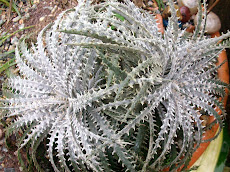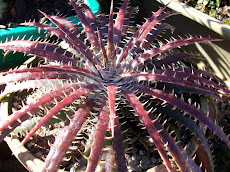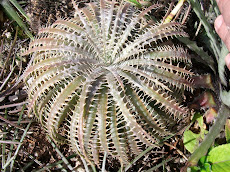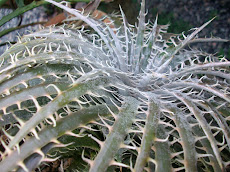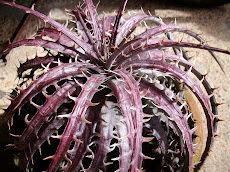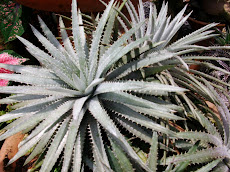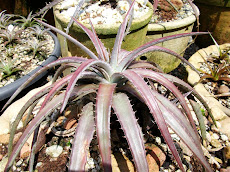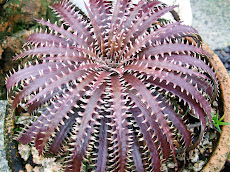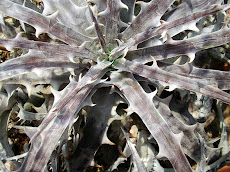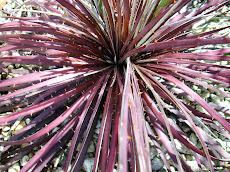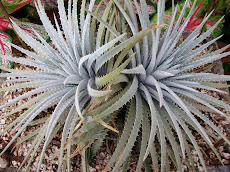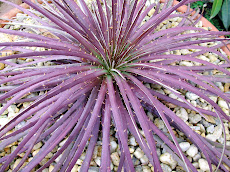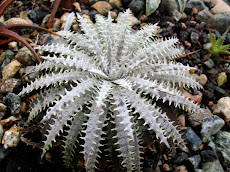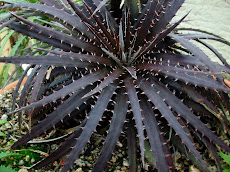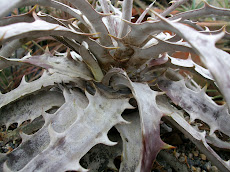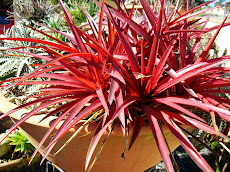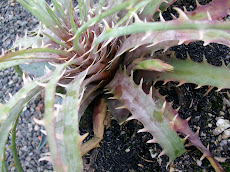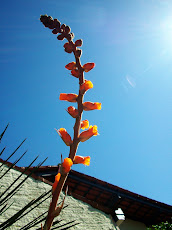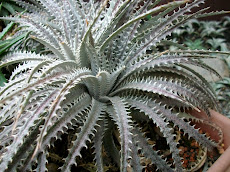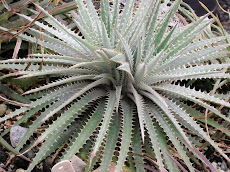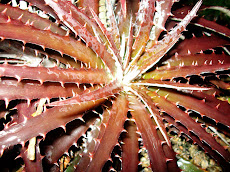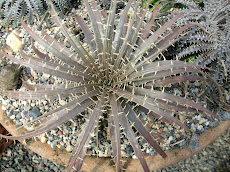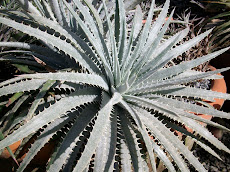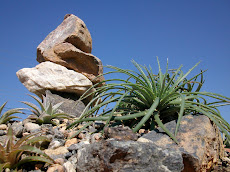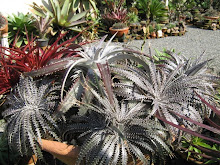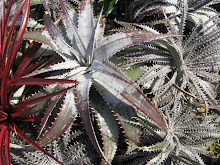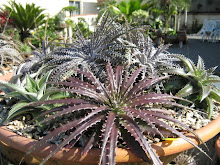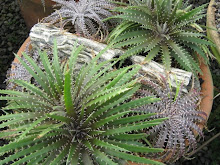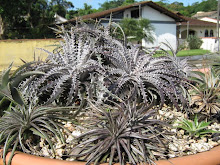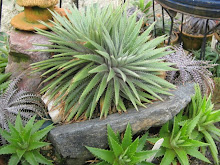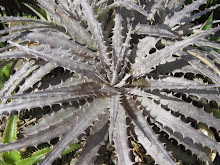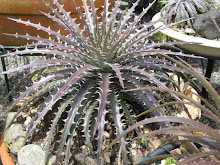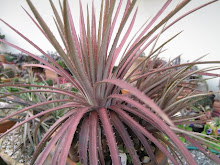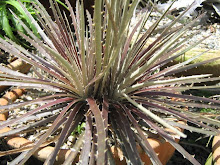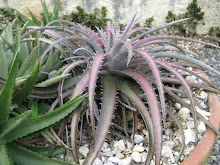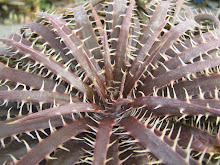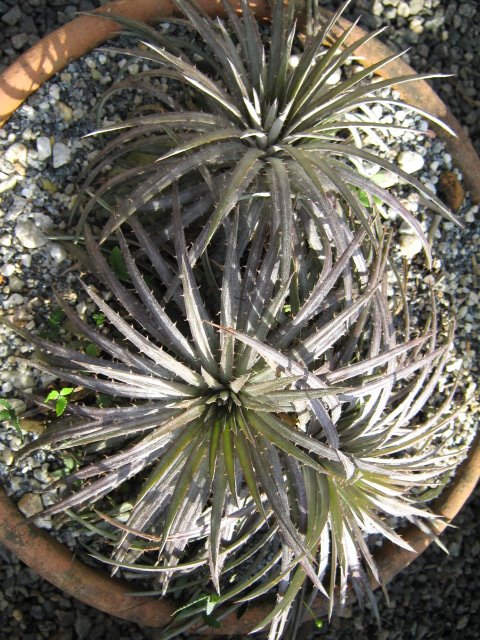Sep 28, 2016
Brazilian alpine Dyckias
Some alpine Brazilian Dyckias, South Region
Our Brazilian South Region comprises three states, Paraná, Santa Catarina, and the Southernmost state Rio Grande do Sul. It is a singular, beautiful and rich part of Brazil. Here we speak Portuguese, and our population is mainly composed by German, Portuguese, Azorian, Italian, Polish, Ukraine, Austrian, African slaves and native indian descendants.
We have winters and snow fall may happen on the highest parts and early morning frosts are a casual event during late Autumn, Winter and early Spring.
I am about to show you pictures taken on the highest peaks of Southeast Paraná and Northeast Santa Catarina. These species are truly alpine ones and they live all in between 1200 and 1880 meters above sea level. They are used to deep frosts, snow, icicle and, freezing winds.
We will see mostly Dyckia monticula and Dyckia fosteriana var. robustior and some never seen ones and still to be studied, understood and described.
To reach those Dyckia fields one must have a super well fit body, courage, disposition of an adventurer, correct equipament and the will of a wild goat. These guys are two 46yo Brazilian doctors.
Dr. Alexandre Kinas a veterinary and a mountain climber, Dr. Wilson Müeller, biologist and botanist.
These picture I too from From Vilson-s laptop computer using a camera so they are all low quality ones but will allow us to see what is about to come.
I am about to show you pictures taken on the highest peaks of Southeast Paraná and Northeast Santa Catarina. These species are truly alpine ones and they live all in between 1200 and 1880 meters above sea level. They are used to deep frosts, snow, icicle and, freezing winds.
We will see mostly Dyckia monticula and Dyckia fosteriana var. robustior and some never seen ones and still to be studied, understood and described.
To reach those Dyckia fields one must have a super well fit body, courage, disposition of an adventurer, correct equipament and the will of a wild goat. These guys are two 46yo Brazilian doctors.
Dr. Alexandre Kinas a veterinary and a mountain climber, Dr. Wilson Müeller, biologist and botanist.
These picture I too from From Vilson-s laptop computer using a camera so they are all low quality ones but will allow us to see what is about to come.
In a week we shall show her high quality pictures. Consider these just an avant premiere of what we´ll see.
You see Dr. Alexandre Kinas face refletion to the left and Vilson´s to the right.
An undentified Dyckia amid grasses.
Grasses protect Dyckia from the extreme cold and strong winds.
Grasses protect Dyckia from the extreme cold and strong winds.
We usually see them both together.
Weather is surprisinly dangerous on top of out southern mountain. All od a sudden a dense fog may come out from the nothing and you can´t find the way back to the camp. One can not spot the tip of his own nose...
These pictures are about to be among the best ever taken on a alpine Dyckia field.
No, not Dyckia.
It is a dwarfened natural bonsai Handroanthus albus, a huge tree when down the hill.
Alpine trees tend to be dwarfened due the the local weather conditions.
Alpine trees tend to be dwarfened due the the local weather conditions.
Their sleeping bags were made to down to 10°C and the temperature overnight got dpwn to -5°C!
They could not sleep but tremble. A campfire is totaly out of question here.
They could not sleep but tremble. A campfire is totaly out of question here.
Well all these picture and many many more we shall see again in a best way, soon.
.
Sep 26, 2016
Sep 25, 2016
Just taken pics on top of the Anhangava Peak
Observe Dyckia may not present the very same look even in nature in the middle of nowhere on the top of an isolated mountain.
Just sent pictures from the top of a Souththern Brazilian Peak....
Pictures just sent by Dr. Alexandre Kinas and Dr. Vilson Müeller from the tos of Tucum Peak Souteast in Paraná, South in Brazil. This Peak is 1720 meters high.
Plants are very small. Compare with the point of one boot above .
It seems to be Dyckia fosteriana robustior but this demands confirmation.
See these super novelties from the cloudy top of Tucum Peak.
Aren´t these apectacular?
Subscribe to:
Posts (Atom)




















































